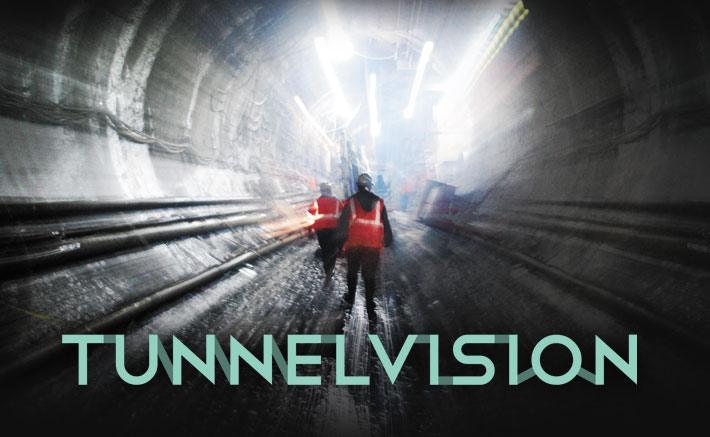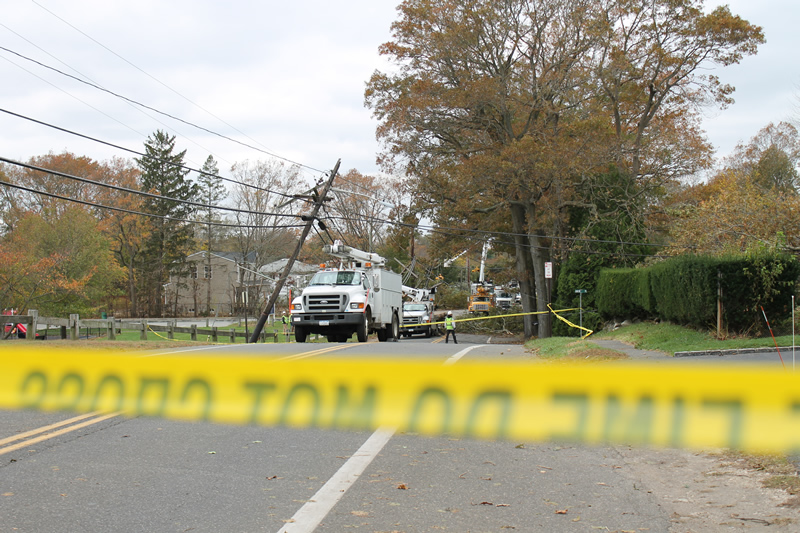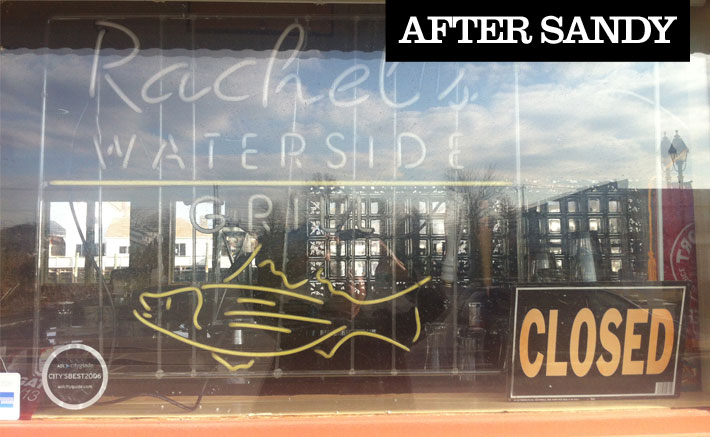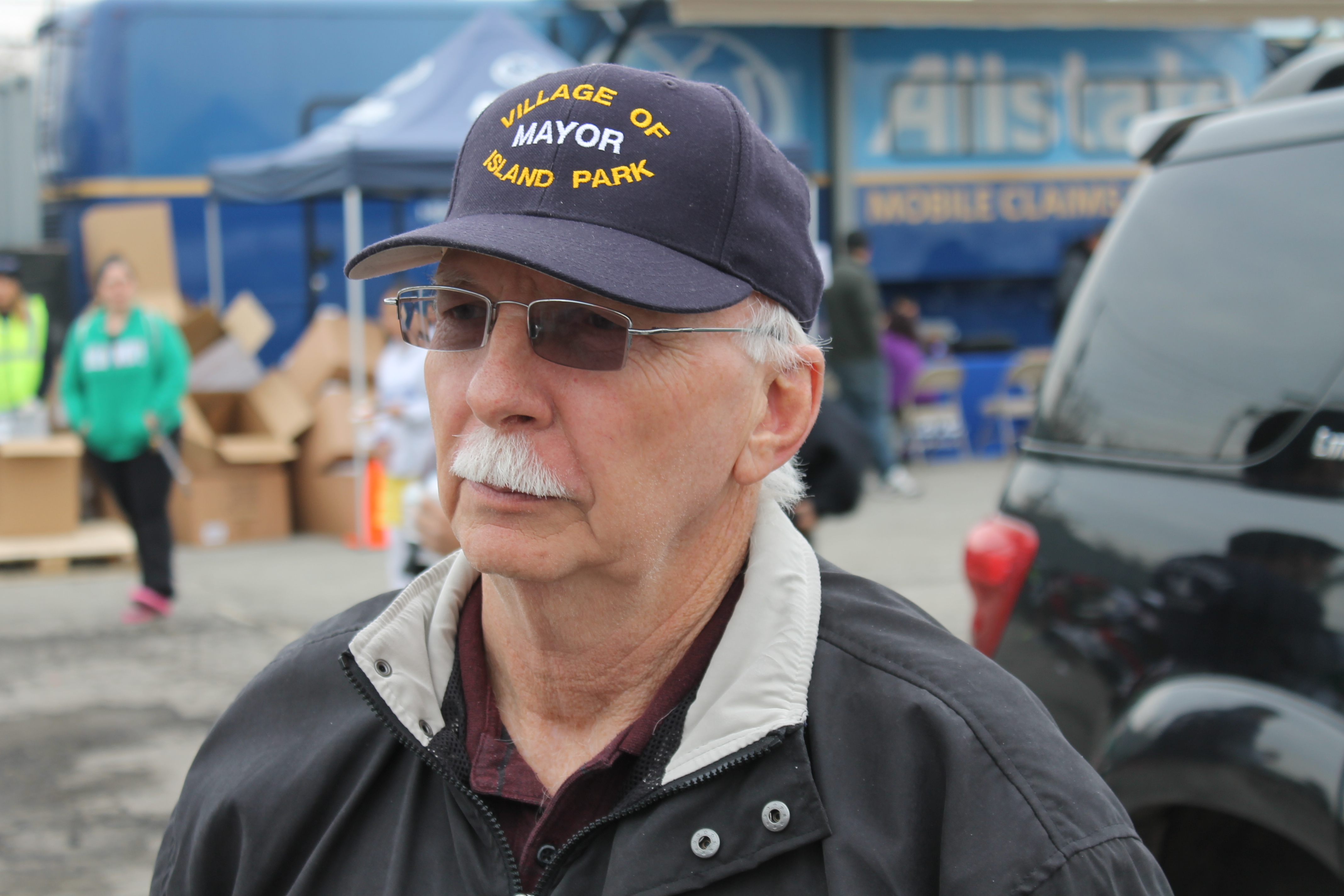
We’ll Take Manhattan
On both sides of the East River the project has presented engineering challenges, Paskoff tells the Long Island Press. In Queens, tunnel workers employed an open excavation pit for their staging area. Manhattan required different logistics.
All the equipment to build the underground mezzanine and the train platforms had to come in from Queens via the 63rd Street tunnel. To construct the concourse level, work trains using Metro-North tracks brought in custom-made equipment from staging areas nine miles north.
The 63rd Street tunnel had originally been built in the late ’60s for both the subways and the LIRR (an amazing act of foresight given all that’s gone on with transit funding). When the money ran out in the 1970s recession, the LIRR connections were never completed, and hence the project got its nickname, “the tunnel to nowhere.” But it’s back on track—at least for now.
The East Side Access project will provide an estimated 160,000 LIRR riders direct service from the main and Port Washington branch lines to Grand Central, saving those who work on Manhattan’s East Side 30 to 40 minutes a day. It should also relieve crowding at Penn Station, and even reduce car traffic into the city. On Long Island, the project may even raise property values for those living near the railroad lines. About a decade ago the MTA anticipated that it would be done by December, 2013, and cost about $6.3 billion. But now, due to economic conditions, inflation and unforeseen technological issues, the 3.5-mile rail extension is slated for completion in 2016, with a price tag of at least $7.3 billion.
Our tour took us past a 180-foot tunnel slanted at a 30-degree angle, which will house the deepest escalators in New York City (the ones at Washington, D.C.’s Metro are deeper, Paskoff says). At the end of a corridor off to the side, pink lines were spray-painted on the stone wall in an arc, with orange dots placed at even intervals along it to mark where explosives would be inserted. Ultimately, this tunnel would connect to a ventilation shaft at 50th Street. Right now the air comes in from Queens and Manhattan pumped in via yellow plastic tubes about a yard in diameter. The explosion was set for 3 a.m. that morning.
A sign reminded workers: “Long whistle—preparing for blast; short whistle—ready for blast; three short whistles—blast all clear!”
“In Manhattan, we dug almost all the tunnels under Park Avenue and under Metro-North,” said Michael Horodniceanu, president of MTA Capital Construction. “Now we’re building a terminal under Grand Central and they won’t even know we’re there.”
Click for more photos and exclusive video at www.longislandpress.com/tunnel-vision
“This is a very complex project,” said Paskoff. “We deal with four separate railroads. Metro-North here in Manhattan; Long Island Rail Road, Amtrak and New York City Transit [in Queens]; and we also deal with New Jersey Transit. And we have to keep the operating railroads going. To this point, we’ve never interrupted service. We’ve never had to hit the panic button yet.”







